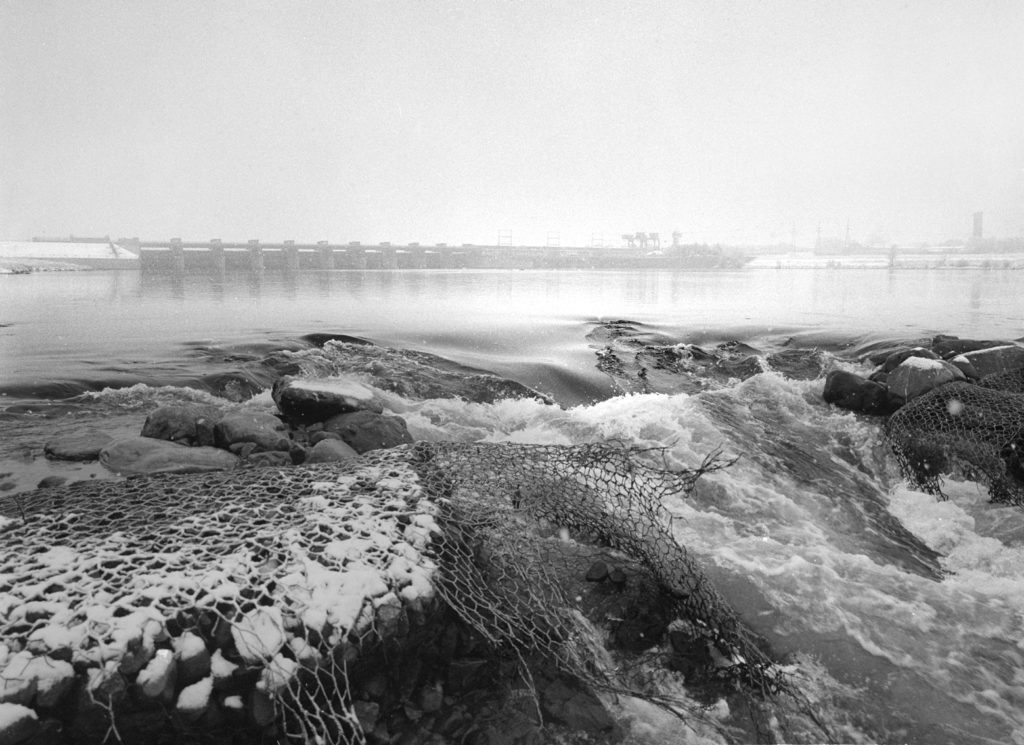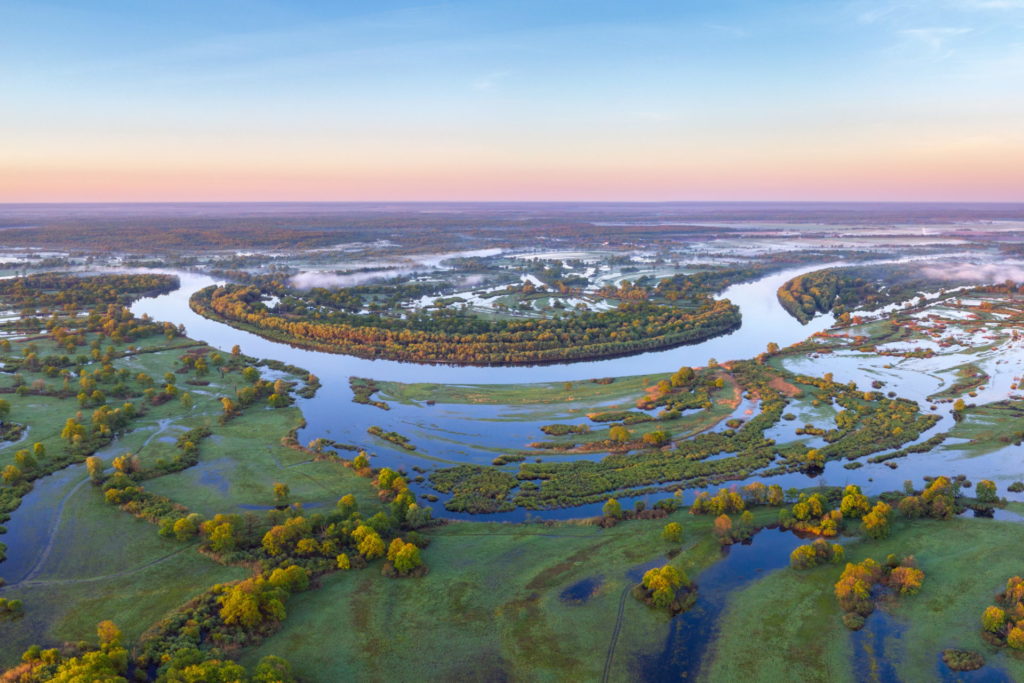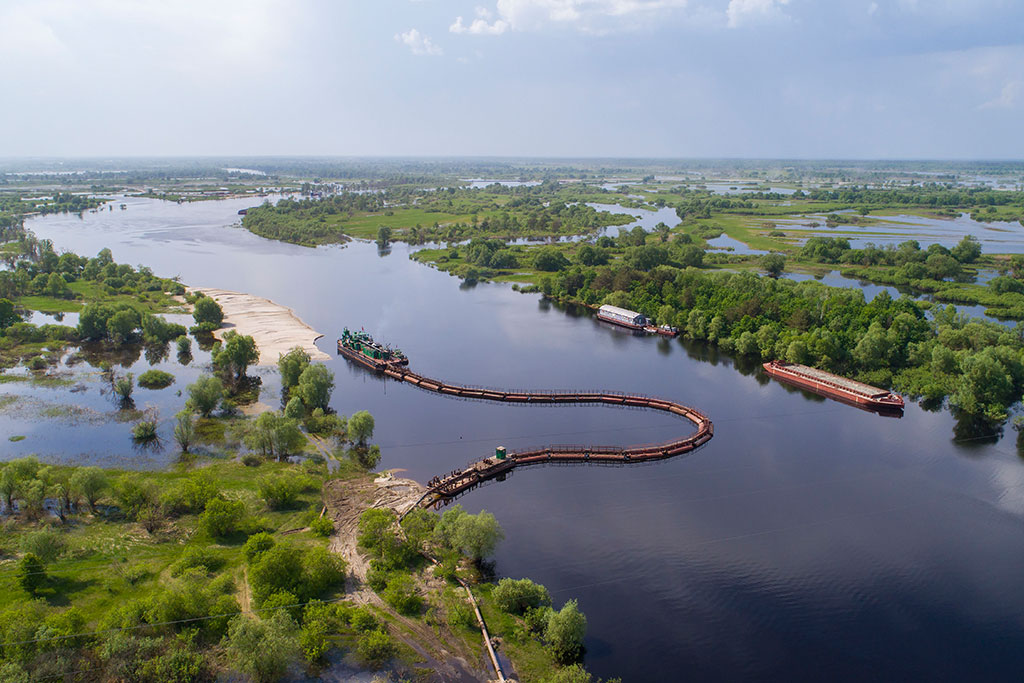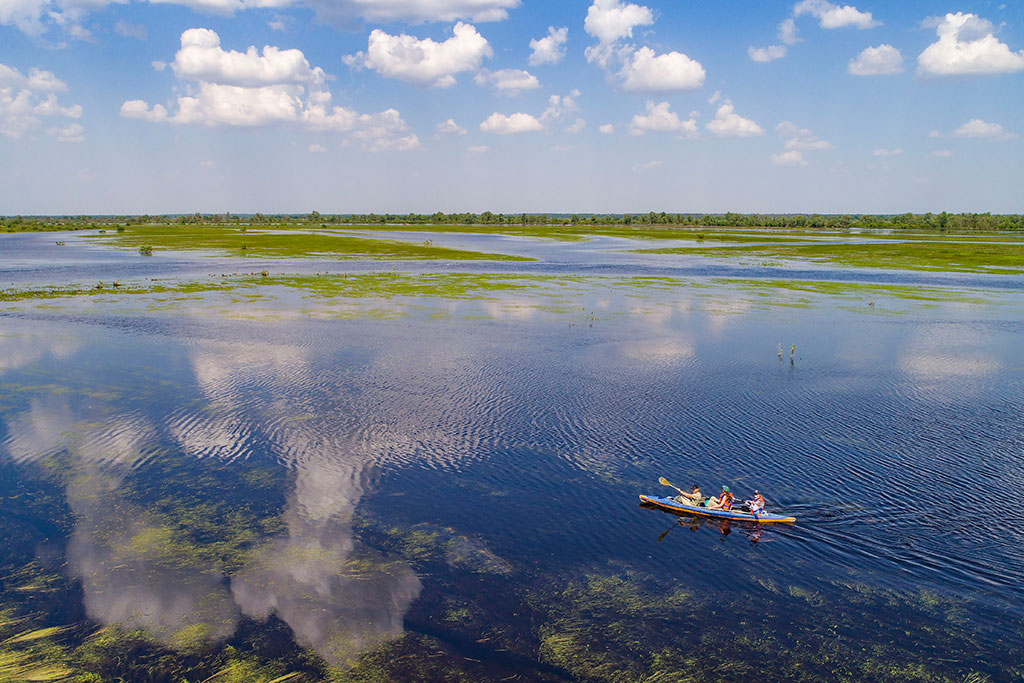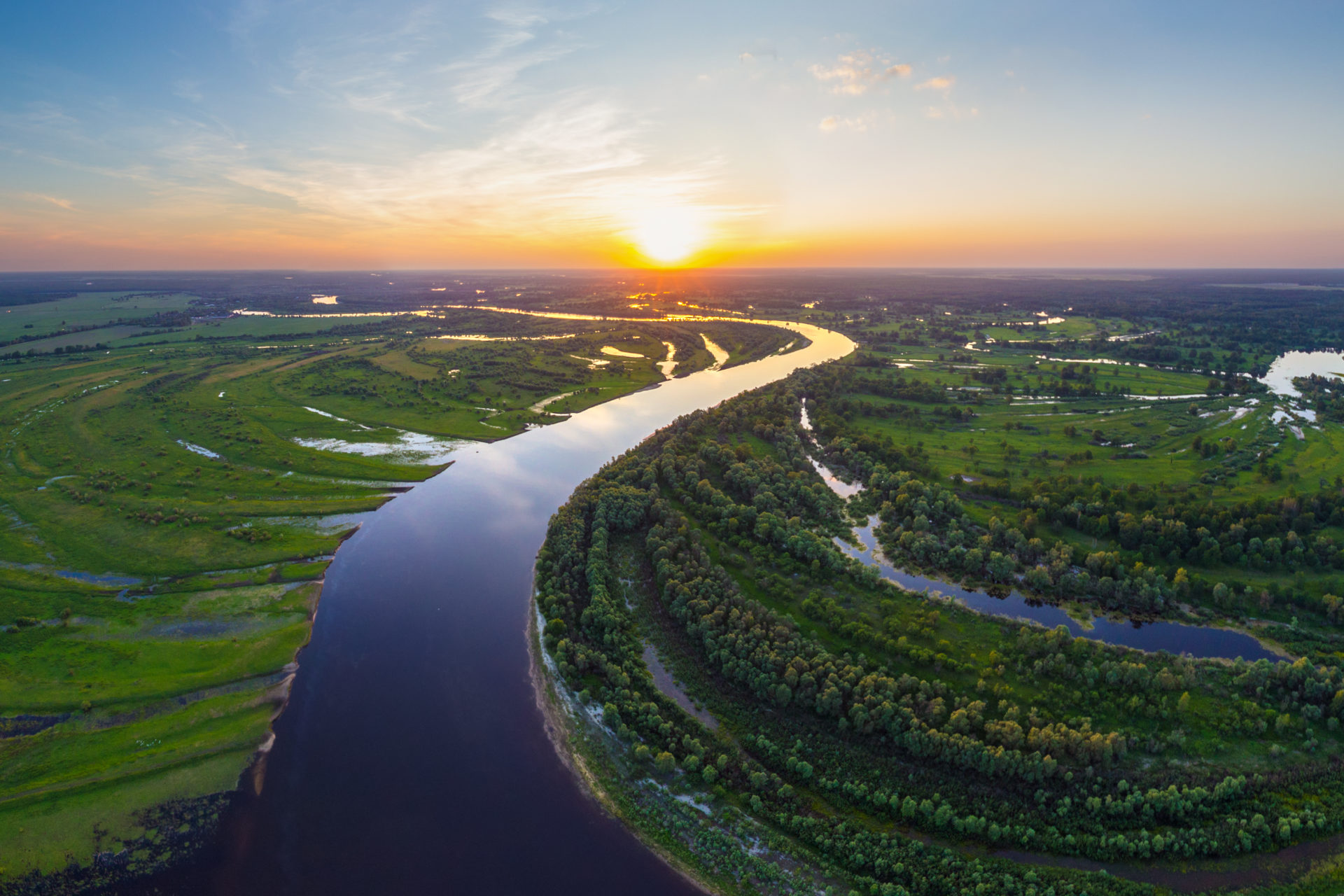
Waterway threatens Europe’s Amazon
An environmental catastrophe looms over Polesia, Europe’s largest wetland wilderness.
Governments want to create a 2,000 km long navigable waterway connecting the Black Sea and the Baltic, that would cut through the heart of the region. Constructing the so-called ‘E40’ waterway would require dredging, damming, straightening, and deepening of pristine rivers. This would lead to the destruction of enormous floodplains and wetlands, home to rare animals and plants, including eagles, bison, bears, wolves and lynx. The project would destroy the social fabric of local communities. It could also contaminate human water supplies with hazardous radiation. But it is not too late to change course and preserve the last remaining wetland wilderness in Europe. Help save Polesia and stop the construction of the E40 waterway.
Save Polesia – Europe’s Amazon.
Latest News
Siarzewo dam: the battle isn’t over
Victory for Poland’s Vistula river: Siarzewo dam project canceled
Save Polesia Petition handed over to European Parliament – EU to investigate Siarzewo barrier decision making
New report: Siarzewo barrage is a real threat for habitats and species
New study: how to unlock the potential of rail freight transport between Poland and Ukraine
Polish NGOs complain to European Commission about obsolete dams
In a nutshell
A coalition of organisations and government ministries from Belarus, Poland, and Ukraine want to create Europe’s longest inland waterway. Known as the E40, the 2,000km-long waterway would stretch from Gdansk in Poland to Kherson in Ukraine. It would cut through the heart of Polesia, Europe’s largest wetland wilderness.
The E40 waterway would …

destroy habitats home to globally threatened species, and key resting places for millions of migratory birds.

degrade protected areas of international importance. Read more about Polesia.

dry out rivers and lead to more droughts, exacerbating existing threats from climate change. Read more about potential impacts in Poland.

worsen the global carbon balance by turning important carbon sinks into carbon sources. Read more about potential impacts in Belarus and Ukraine.

decrease the availability of water for local agriculture, aquaculture, forests and households.

increase radiation risk for millions of people if contaminated sediments in the Chernobyl exclusion zone are disturbed and distributed. Read more about the threat from radioactive contamination.

not be economically viable, and is unlikely to be competitive with rail transport. Read more about the waterway’s economic feasibility.

likely contravene national and international laws.
Public information and consultation on the proposed waterway is not adequate. The proposals for its construction are based on an incomplete feasibility study. Read more about the waterway proposals and a summary of its impacts.
Polesia has enormous potential for nature-based tourism, if the waterway project is stopped. Read more about this opportunity.

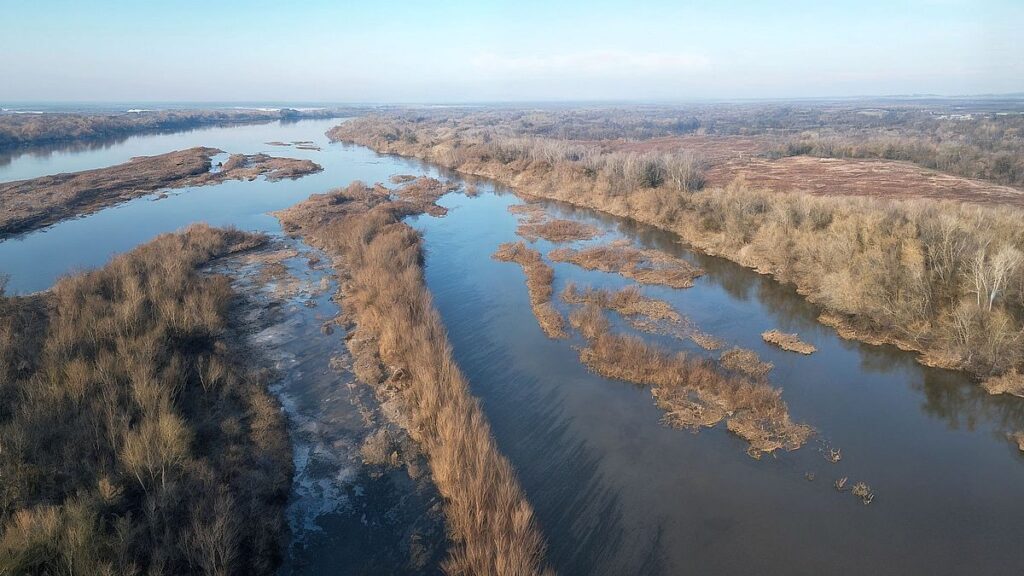

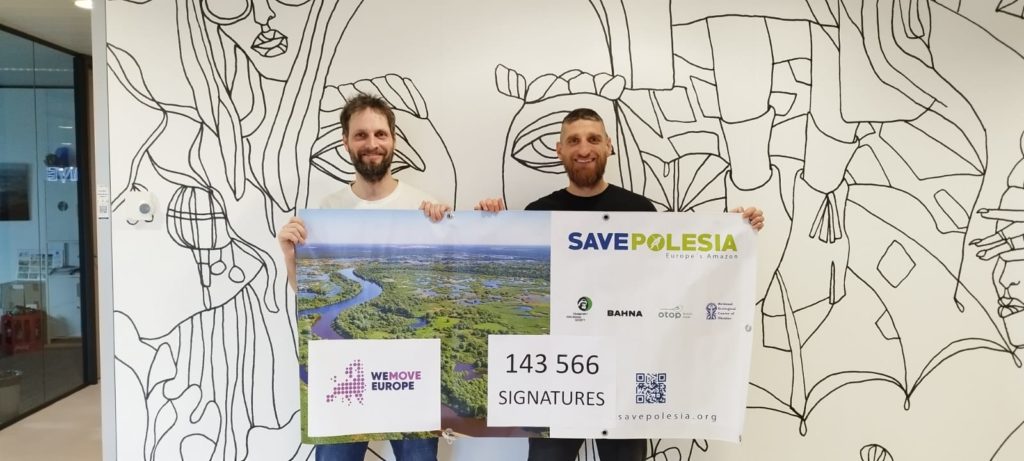
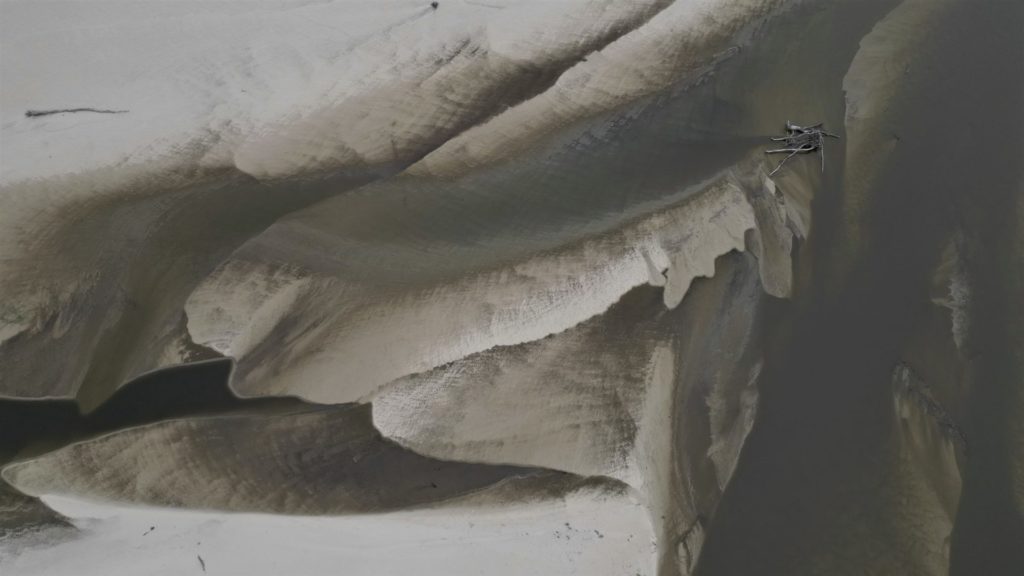
![Percentage share of containers in transport performance [tkm] of all transported goods for various types of transport. (Bayer et. al. 2021, CCNR report).](https://savepolesia.org/wp-content/uploads/2023/09/How-to-unlock-the-potential-of-rail-freight-transport-between-Poland-and-Ukraine-1024x681.jpg)
